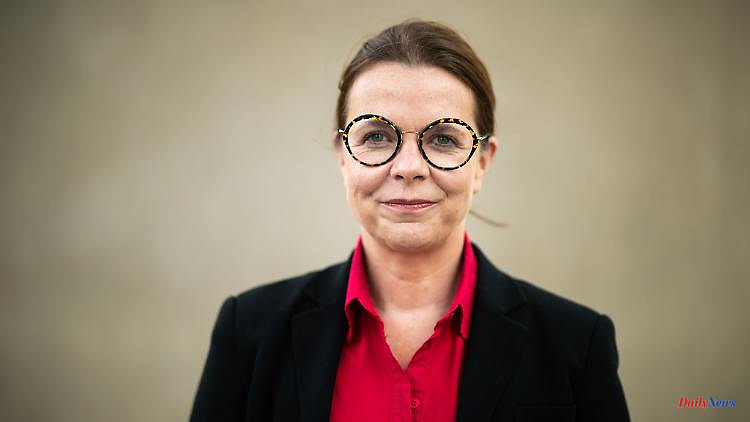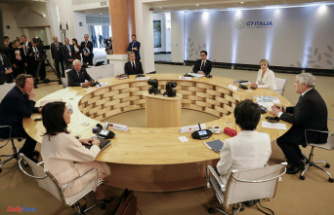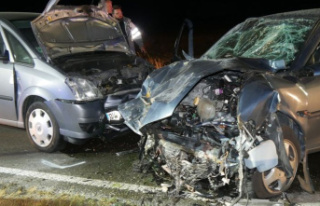The SPD experienced a historic crash in the state elections - as did the general turnout. Were there actually enough easily accessible polling stations?
Düsseldorf (dpa/lnw) - The North Rhine-Westphalian Ministry of the Interior sees no reliable reason for the extremely low turnout in the 2022 state election in the partly corona-related smaller number of polling stations. For the vote in May there were 11,746 polling stations, 1388 fewer than in the Year 2017. This emerges from a response from the Ministry of the Interior published by the Düsseldorf state parliament to a request from the SPD parliamentary group. Due to "significant changes in the layout of the constituencies", however, these numbers are not directly comparable, it said.
In previous years, ballot boxes were often posted in old people's homes and kindergartens. In the 2021 federal election and the 2022 state election, however, almost all municipalities refrained from doing so in view of possible corona infections. "These failures could not be compensated for in all cases by replacement rooms," the Ministry of the Interior admitted. However, this was not necessary due to the simultaneous increase in the number of postal voters. There were no complaints from the state returning officer or the Ministry of the Interior.
With only 55.5 percent, the lowest participation in a state election in North Rhine-Westphalia was achieved in May. In 2017, on the other hand, it was still 65.2 percent; the high was reached here in 1975 with 86.1 percent. In the 2022 state election, the SPD had to accept a fall to its historically worst result with only 26.7 percent.
In her question, the SPD MP Nadja Lüders called the historic low in voter mobilization the “conceivable clearest wake-up call” to all democrats. Even if the reasons for the drastic decline are certainly varied, election research suggests that easily accessible polling stations also play a decisive role. In some cases, however, there were complaints that the distances to the polling stations had increased considerably.
According to the Ministry of the Interior, the average spatial catchment area per polling station in the 2022 state election was 2.9 square kilometers - five years earlier it was 2.6 square kilometers.












